Formal prisons as we know them have been in existence for hundreds of years – with many becoming more notorious than others due to a mixture of the facilities themselves and the inmates.
The British Ministry of Justice said the prison population was 87,704, meaning there are around 1,200 places left before the system reaches its maximum “operational capacity.” The UK already has the highest per capita incarceration rate in western Europe, and many prisons house far more people than they were built for.
The most notorious prisons in the UK are Wormwood Scrubs, Durham, and Frankland, with all heavily criticised for their inhumane conditions, according to Prison Guide. Among the notorious criminals still behind bars serving whole-life terms in the UK are Rose West, Fusilier Lee Rigby’s killer Michael Adebolajo and Grindr serial killer Stephen Port.
Meanwhile, it is not clear where baby serial killer Lucy Letby is currently serving her whole life order – however, experts believe the 33-year-old former nurse will be on suicide watch for a number of months before she’s allowed to mix with her fellow inmates. And it’s suspected she will mostly only interact with prison officers “through the hatch in her cell door”.
But the top 10 list of worst prisons – compiled by HowStuffWorks – doesn’t even include any from Britain.
Black Dolphin Prison in Russia
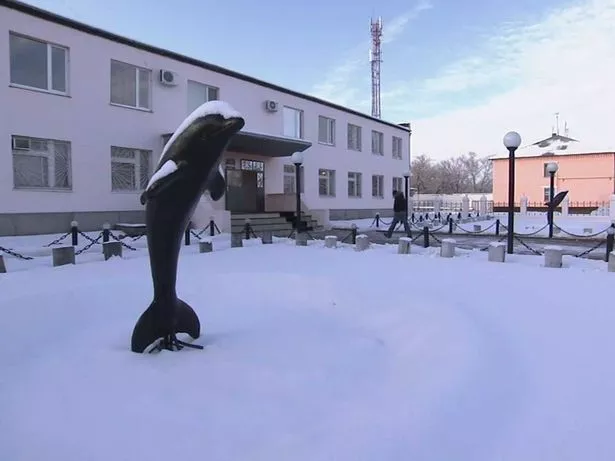
(
National Geographic)
Also known as penal colony No.6, the Black Dolphin Prison sits on Russia’s border with Kazakhstan. It’s named after the dolphin sculpture created by inmates which is placed outside the front of the reception. The prison houses serial killers, cannibals, paedophiles and Chechen terrorists. Each two-man cell is set behind three sets of steel doors and inmates are only allowed outside these confinements for 90 minutes a day for exercise in a brutal concrete yard. Prisoners are cuffed, blindfolded and walk bent over if they need to be transported around the facility. Video surveillance watches all inmates 24 hours a day, while guards make rounds every 15 minutes.
Kamiti Maximum Security Prison in Kenya
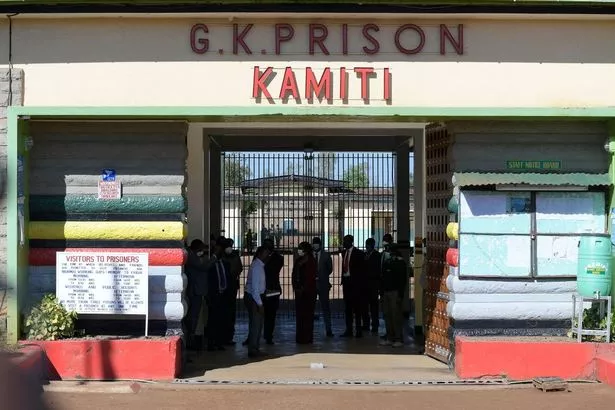
(
AFP via Getty Images)
Kamiti Maximum Security Prison is located in Kenya’s Roysambu Constituency. Built in 1954 by the British, it is modelled after old-fashioned colonial facilities and was originally constructed to house offenders following the state emergency declared in October 1952. The facility became notorious for housing political prisoners and executions by hanging. It still has the original gallows, despite the last execution taking place in 1987. The prison’s capacity is 1,200 but it is overcrowded, meaning conditions are pretty squalid. HIV, AIDS, gonorrhea, syphilis, tuberculosis and dysentery are all said to be prevalent within the prison.
Terre Haute in USA
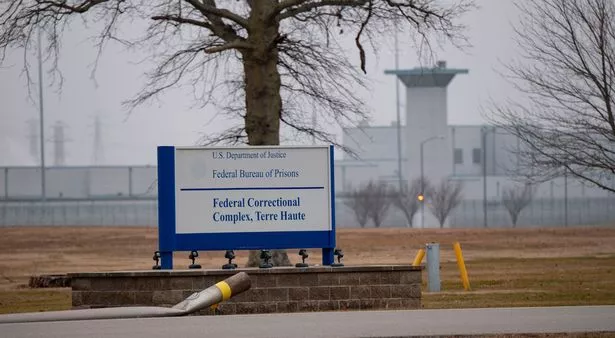
(
Daily Mirror/Andy Stenning)
This Indiana-based prison is nicknamed ‘Guantanamo North’ and houses the US federal government’s execution chamber. Among the inmates on death row are Boston bomber Dzhokhar Tsarnaev. Executions are on hold after former President Donald Trump carried out 13 federal executions in the months before his term ended. The last of which was Lisa Montgomery by lethal injection on January 12, 2021. Terre Haute is a mixed security facility but was described by the American Civil Liberties Union (ACLU) as having “grossly inadequate” conditions within its special confinement unit, which holds death row inmates. The union also claimed the prison denied prisoners medical care and mental health services, while excessive noise had caused sleep deprivation.
San Quentin State Prison in USA
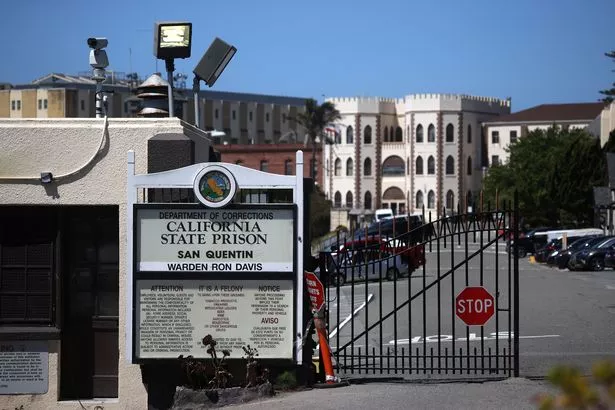
(
Getty Images)
San Quentin is the oldest prison in California and is known for its bouts of violence. Infamous inmates have included Charles Manson, Scott Peterson and Sirhan Sirhan, who assassinated Robert F Kennedy. Particularly during the 1960s and 1970s, it was notorious for its corruption and interracial riots. It is the only death facility in the state and houses its only gas chamber – though since 1996 executions were been done by lethal injection. However, the last execution was in 2006. A 2005 court-ordered report found that the prison was “old, antiquated, dirty, poorly staffed, poorly maintained with inadequate medical space and equipment and overcrowded.” In March 2023, California Governor Gavin Newsom announced a “historic transformation” of the prison.
Diyarbakir Prison in Turkey
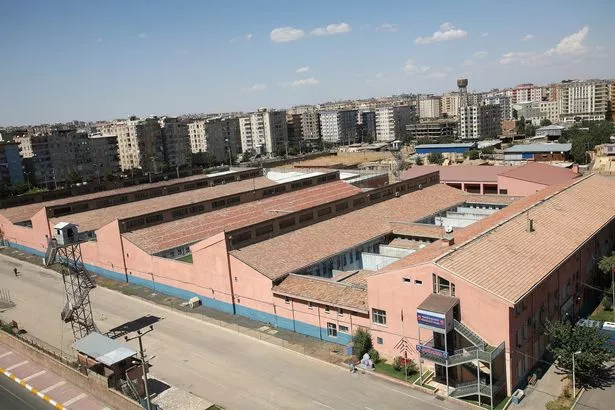
(
Alamy Stock Photo)
The facility was built in 1980 by Turkish Ministry of Justice. After the Turkish coup on September 12 that year the prison became a martial law facility where prisoners were tortured. A total of 650,000 people were detained following the coup for forced assimilation of the Kurds. More than 500 inmates died there during a “period of barbarity” up to the mid 1980s. Though such atrocities carried out at Diyarbakir were denied by those in charge, hundreds of former inmates testified about horrific physical and mental abuse suffered there. These included ‘Palestinian hangings’, which see prisoners hung by the arms, mock executions, electric shock to the genitals, extraction of nails and teeth, and even rape. In 2021, Turkish President Recep Tayyip Erdoğan announced the prison would be turned into a cultural centre.
Mendoza Prison in Argentina
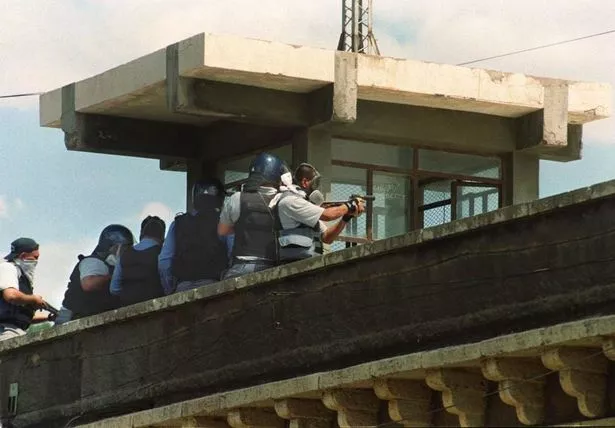
(
NA/AFP via Getty Images)
Mendoza Prison in Argentina houses around three times the amount of inmates it was originally built for. Five inmates are often packed into one 43 square foot cell, with many forced to sleep on the floor without a mattress. Amnesty International reported on the conditions in 2005, alerting that “people imprisoned in Mendoza are in such a desperate situation that they have gone as far as to sew their mouths up in demand of better living conditions”. The prison lacked a proper sewage system with inmates forced to use plastic bags and bottles in place of toilets. Until a few years ago, the 90 men judged the most dangerous convicts in Argentina were held in Mendoza’s Pavilion 5. Guards were so fearful of going into it they would leave inmates’ meals at an agreed spot. Italian photographer Valerio Bispuri was able to get permission to go inside and take photos and his subsequent photo essay caused such public outrage that Pavilion 5 was closed soon afterwards.
Gldani Prison in Georgia
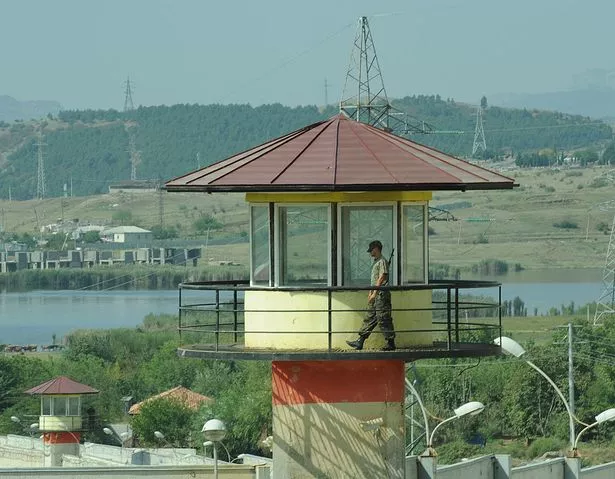
(
AFP via Getty Images)
In 2012, Vladimir Bedukadze, a former prison guard-turned-whistleblower at Gldani No 8 Prison in Tbilisi, Georgia, released a series of videos of the numerous abuses carried out there causing international outrage and eventually leading to reform. Prisoners had been subjected to torture at the hands of guards, including rape. The video footage, which confirmed long-standing allegations of ill-treatment of prisoners, was released two weeks before the October 1 parliamentary elections. In 2013, over the span of three months, the newly elected government granted large-scale prison amnesty reducing Georgia’s 24,000-person strong prison population by half. Gldani Prison found itself in the spotlight once again when protests were held there after the imprisonment of the country’s former president, Mikheil Saakashvili.
United States Penitentiary, Administrative Maximum Facility in USA

(
Wikipedia)
Also known as Alcatraz of the Rockies, ADX Florence is the most maximum-security prison in the US. It was built in 1994 and houses some of the world’s most dangerous criminals in the world, including Unabomber Ramzi Yousef and Zacarias Moussaoui, who was involved in the September 11 terror attacks. ADX Florence was commissioned when the Federal Bureau of Prisons needed a unit designed specifically for the secure housing of those prisoners most capable of extreme violence toward staff or other inmates, as well as inmates deemed too high-profile or too great of a security risk for even a maximum security prison. Prisoners spend 23 hours a day in 7-by-12 foot solitary confinement cells, with one hour allowed for recreation in a small outdoor cage, while wearing restraints. Former warden Robert Hood described it as “a clean version of hell”.
Camp 14 Kaechon in North Korea
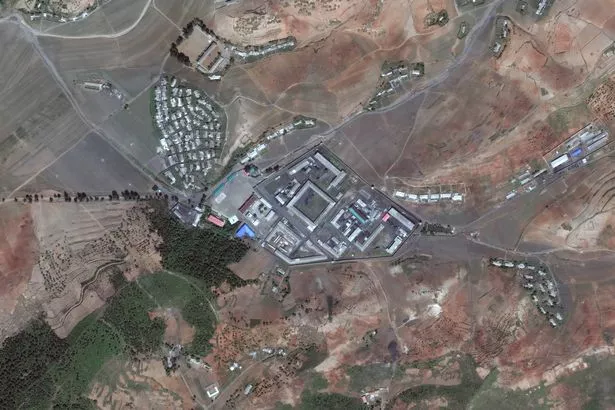
(
DigitalGlobe via Getty Images)
Camp 14 Kaechon – or Kwan-li-so (Penal-labour colony) No. 14 – in North Korea is a labour camp housing political prisoners and descendants of alleged criminals. Often they have committed minor infractions, if any at all. It was established in 1959 near Kae’chŏn county, South Pyongan Province. The middle reaches of the Taedong river form the southern boundary of the camp. It is around 60 square miles, and includes farms, mines and factories. The barracks are overcrowded, with men, women and older children living separately, with inmates totalling around 15,000. The main purpose of the camp is to keep politically unreliable persons – classed as “undredeemable” by the North Korean government – away from normal society. Prisoners are forced to work in one of the coal mines or factories, while the occupation of choice of inmates is livestock raising. It gives them the chance to steal animal food and pick through droppings for undigested grains. Even children as young as 11 are forced to work in the camp after school and so rarely see their parents.
Gitarama Prison in Rwanda
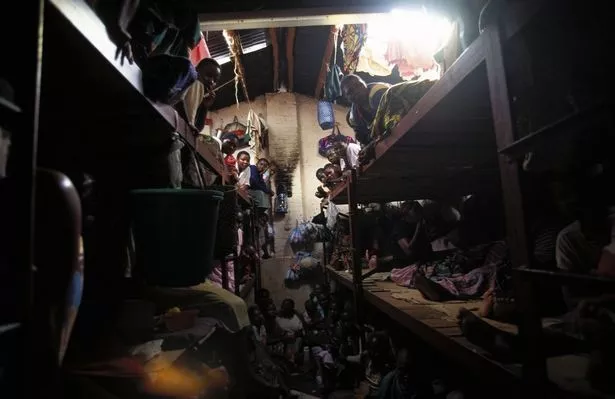
(
Gamma-Rapho via Getty Images)
Inmates have allegedly been known to eat the dead to survive while also suffering from appalling medical conditions in the ‘world’s worst prison’. Gitarama Prison in Rwanda is reported to suffer from vast overcrowding, with thousands of inmates stuffed into a space designed for just a few hundred to a thousand people. Estimates put the number of inmates there at between 5,000 and 7,000 people, while reports conflict over how many people the prison is supposed to hold. Conditions in the prison have been condemned for a long time. In 1995, a report exposed the deplorable living status for those inside. Brigitte Troyon, then of the International Committee of the Red Cross, said: “The conditions here are completely inhumane. It’s urgent that they are improved. Half a dozen people are dying in Gitarama every day. If an epidemic breaks out there’s no knowing how many could die.” More recent reports are hazy, but it appears things have not improved much. Rwanda has also called the reports a “fabrication”.
This post was originally published on this site be sure to check out more of their content.








